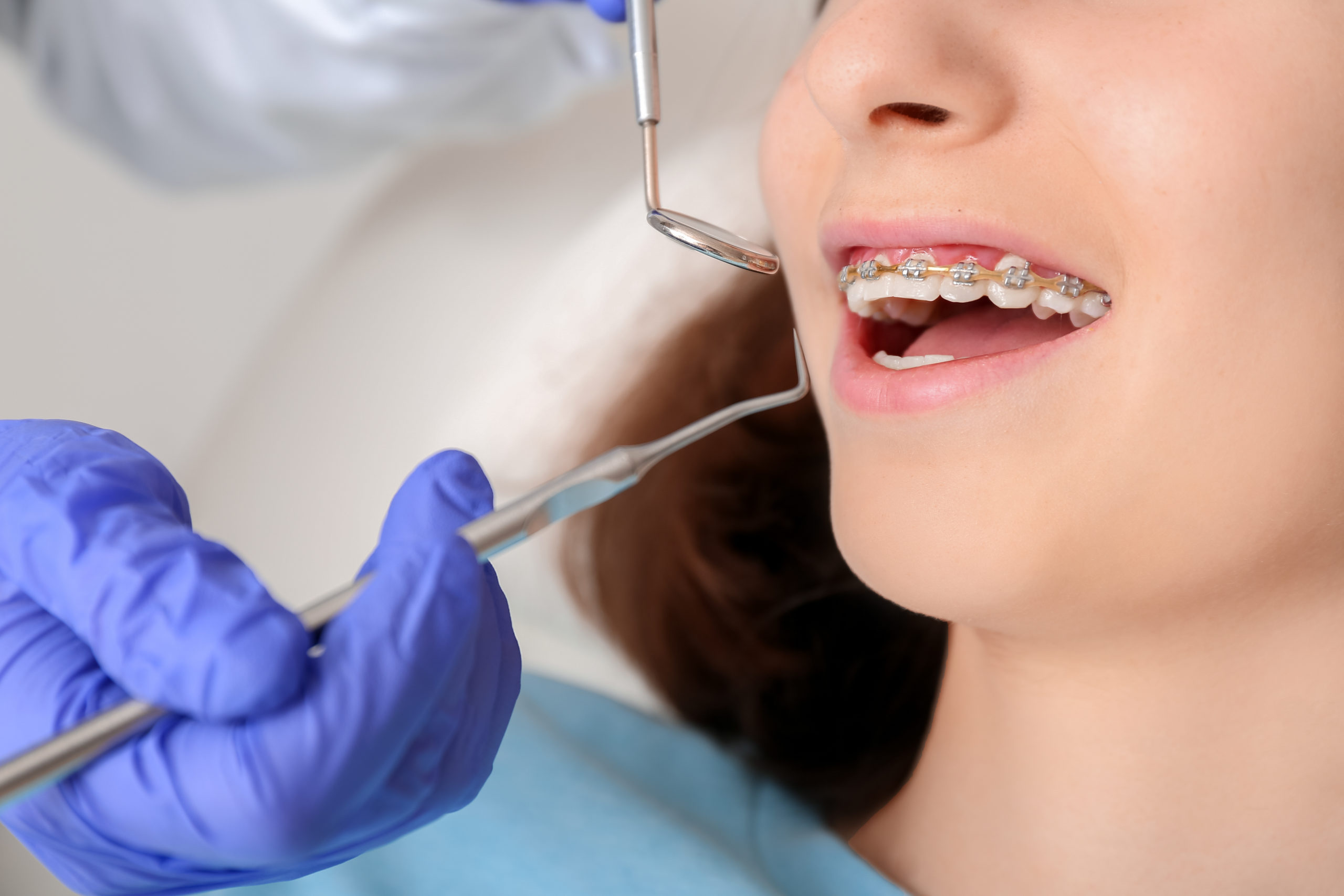How Cumming Orthodontics Can Change Your Smile with Invisalign and Braces
How Cumming Orthodontics Can Change Your Smile with Invisalign and Braces
Blog Article
Comprehensive Overview to Orthodontics Treatments for Dealing With Dental Imbalances
Understanding the ins and outs of each treatment, including their devices, advantages, and potential downsides, is crucial in making notified choices regarding one's orthodontic treatment. As we browse with the detailed guide to orthodontic treatments for remedying dental imbalances, the complex details of each approach will unfold, losing light on the path towards a unified and functional oral placement.
Orthodontic Procedures Introduction

In enhancement to conventional dental braces and clear aligners, orthodontists may likewise recommend various other interventions like headgear, palatal expanders, or retainers to attend to particular placement problems (cumming orthodontist). These procedures are customized to every person's special needs and might involve a mix of therapies to achieve the desired results. Normal adjustments and monitoring are vital components of orthodontic therapy to ensure development is on track and to make any type of essential modifications along the road. By going through orthodontic treatments, people can not just achieve a straighter smile however additionally improve their general dental health and function.
Conventional Dental Braces: Just How They Function
When taking into consideration orthodontic treatments for oral misalignments, typical braces stand apart as a reliable method for dealing with teeth positioning. Typical braces include brackets, cables, and bands that function together to use continuous stress on the teeth, progressively moving them right into the preferred placement. The brackets are affixed to the teeth using an unique adhesive, and the cables are threaded via the brackets. By readjusting the stress of the cables, orthodontists can control the instructions and force used to each tooth, guiding them right into proper alignment in time.
As pressure is used to the teeth via the braces, the bone surrounding the teeth is reshaped to sustain the new tooth settings. Patients will need regular changes at the orthodontist's office to make certain the dental braces continue to use the proper stress for efficient teeth movement.
Unnoticeable Aligners: Pros and Cons
These clear, tailor-made trays are practically invisible when put on, making them an attractive alternative for people seeking an extra visually pleasing orthodontic treatment. Patients can eliminate the aligners before consuming or brushing their teeth, reducing the threat of food getting stuck in the appliance and simplifying the cleansing procedure.

Surgical Orthodontic Options
Surgical interventions in orthodontics present feasible alternatives for resolving complex oral imbalances that might not be effectively resolved through traditional orthodontic therapies. While traditional dental braces and unseen aligners can fix numerous orthodontic problems, specific instances require surgical intervention to achieve ideal outcomes. Surgical orthodontic alternatives are generally recommended for extreme malocclusions, significant jaw inconsistencies, and situations where the underlying bone framework requires alteration to attain correct alignment.
One typical surgical orthodontic procedure is orthognathic surgical treatment, which includes rearranging the jaws to remedy practical problems such as difficulty chewing or talking. This surgery is usually carried out in partnership with an orthodontist that assists straighten the teeth before and after the treatment. Surgical orthodontics may additionally involve treatments to expose affected teeth, remove excess gum cells, or reshape the jawbone to create an extra harmonious face profile.
Prior to thinking about medical orthodontic choices, clients undertake a thorough analysis to figure out the necessity and possible advantages of such interventions. explanation cumming braces. While surgery may appear complicated, it can considerably boost both the feature and appearances of the smile in cases where traditional orthodontic treatments fail
Retainers and Post-Treatment Care

Post-treatment treatment entails following the orthodontist's instructions carefully. This might consist of appropriate dental health methods, participating in follow-up consultations, and putting on the retainers as suggested. Failing to abide with post-treatment treatment instructions can result in relapse, where the teeth slowly move back in the direction of their initial placements. Consistent retainer wear, good oral hygiene, and routine oral exams are crucial for maintaining the results accomplished via orthodontic surgery and making sure the lasting security of the fixed oral placement.
Final Thought
In conclusion, orthodontic treatments use different options for fixing dental imbalances. Standard dental braces use steel braces and wires to change teeth right into proper positioning. Invisible aligners supply an even more very discreet option but might not appropriate for all cases. Surgical orthodontic special info options are readily available for a lot more serious imbalances. Retainers are frequently made use of post-treatment to keep the new alignment. Generally, orthodontic treatments can successfully improve oral health and visual appearance.
As we browse via the extensive guide to orthodontic treatments for correcting dental misalignments, the complex information of each method will unfold, dropping light on the course towards a functional and harmonious dental positioning. - cumming orthodontist
One of the most usual orthodontic therapies is the use of braces, which consist of metal braces and cords that use mild pressure to gradually move teeth right into the preferred setting.When low income dentist taking into consideration orthodontic treatments for dental misalignments, standard braces stand out as a time-tested technique for remedying teeth positioning. In addition, invisible aligners may not be ideal for complex orthodontic problems that need even more significant teeth movement, as they are commonly recommended for moderate to moderate situations. Retainers are tailor-made orthodontic tools made to hold teeth in their remedied placements after the conclusion of orthodontic therapy.
Report this page